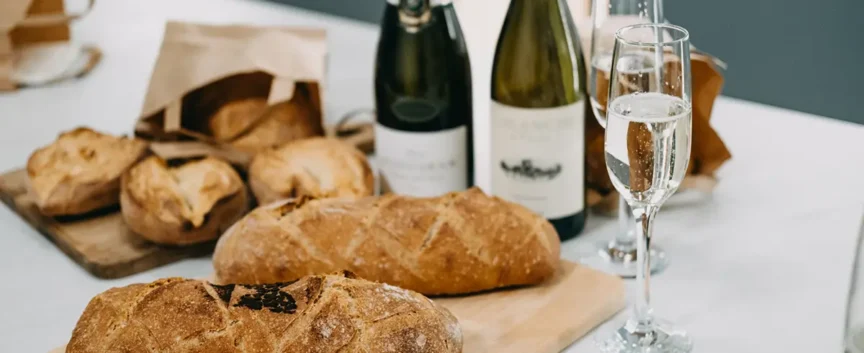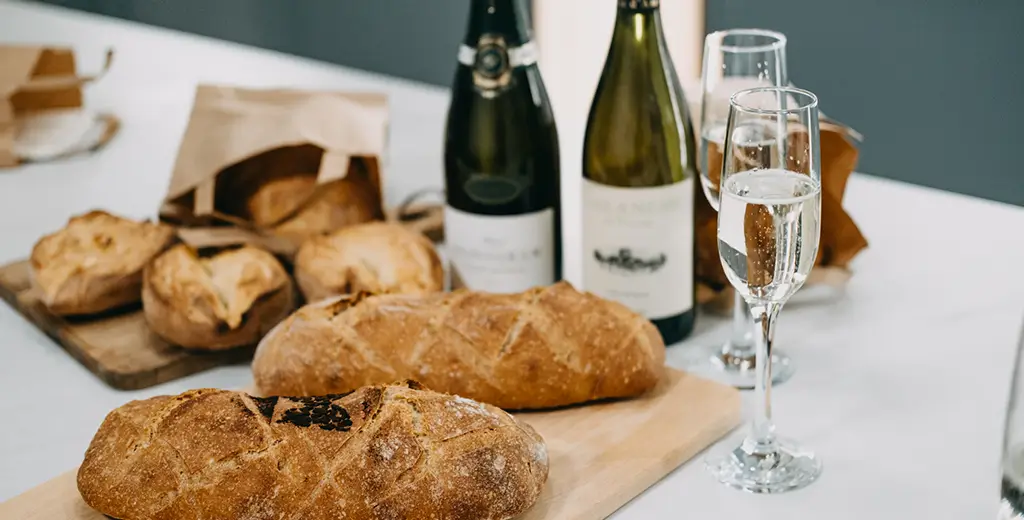
Wine and food pairing is an art form that enhances the dining experience by harmonizing flavours, textures, and aromas. Navigating the world of wine and food pairing can seem daunting for beginners, but with some essential tips and guidance, anyone can elevate their culinary adventures and begin to pair perfectly. This blog will discover the basics of wine and food pairing and provide essential tips for beginners to kickstart their journey into this flavorful realm.
Grasping the Basics of Wine and Food Pairing
Essentially, wine and food pairing is about complementing and enhancing both the wine and the dish. It involves understanding the fundamental characteristics of both wine and food and how they interact with each other. Wine has various components, such as acidity, sweetness, tannins, and body, which must be considered when pairing with food. Similarly, different foods have their own flavours, textures, and intensities that influence pairing choices.
Factors to Consider in Pairing Wine and Food
When pairing wine and food, several factors come into play. One of the primary considerations is the intensity of flavours. Light wines, such as Pinot Grigio or Sauvignon Blanc, pair well with delicate dishes like seafood or salads, while bold wines like Cabernet Sauvignon or Malbec complement hearty, flavorful dishes such as steak or lamb.
Additionally, considering acidity is crucial. Pairing acidic wines with acidic foods can prevent clashing flavours and create a harmonious balance on the palate. Regional cuisines and wine varietals also play a significant role in pairing selections, as certain wines naturally complement the flavours of specific cuisines.
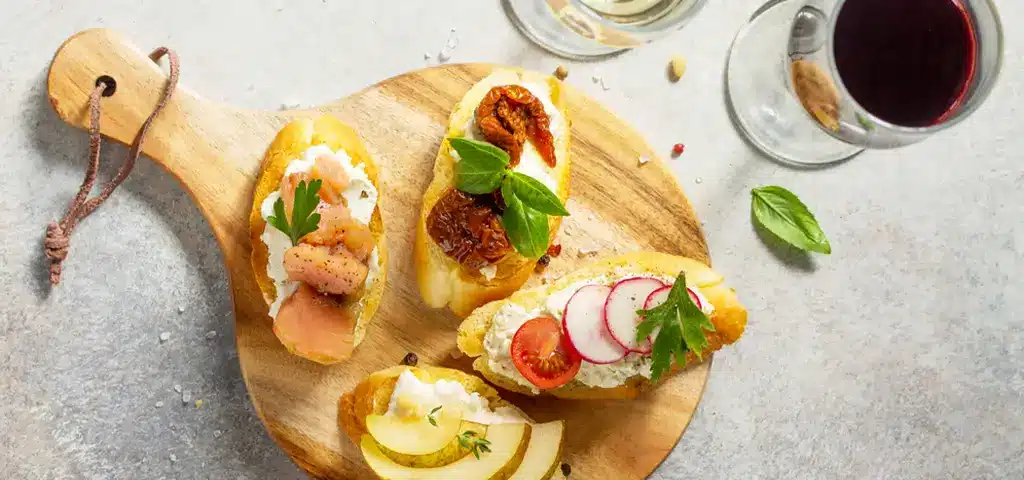
Pairing Principles for Beginners
For beginners, it’s helpful to adhere to some basic pairing principles. Start by matching the intensity of the wine with the intensity of the dish. A rich, heavy dish will overshadow a light-bodied wine, while a full-bodied wine may overpower a delicate dish.
Pair wines that enhance similar flavours or balance contrasting ones to complement or contrast them. For example, a fruity wine can complement sweet foods, while a crisp, high-acidity wine can cut through rich, creamy flavours. Experimenting with regional pairings is also a great way for beginners to explore classic combinations and understand how wine and food traditions intersect.
Essential Tips for Successful Pairing
To achieve successful food and wine pairings, beginners should keep a few essential tips in mind. Firstly, know your own preferences and experiment with different pairings to discover what you enjoy. Don’t be afraid to rely on your palate and try new combinations.
Consider the cooking method of the dish when selecting wine. Grilled or roasted dishes may pair well with wines that have smoky or earthy notes, while fried dishes may benefit from wines with crisp acidity to cut through the richness.
Pay attention to sauces and seasonings, as they can significantly impact the pairing. Choose wines that complement or balance the dominant flavours in the sauce for a cohesive dining experience. Lastly, don’t forget about texture. Match the texture and weight of the wine with the texture of the food to create a harmonious balance on the palate.
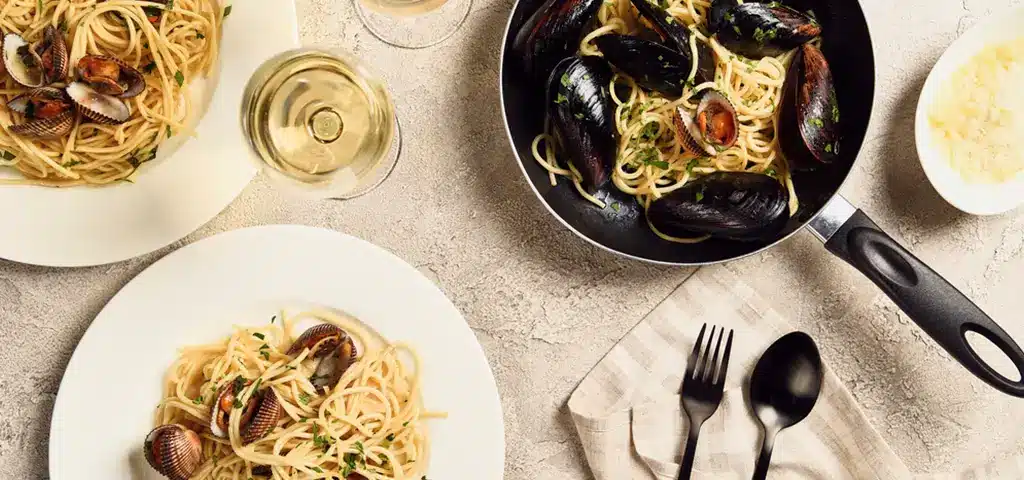
Common Pairing Mistakes to Avoid
While exploring wine and food pairing, it’s essential to keep in mind common mistakes to avoid. One common error is overpowering the dish with the wine or vice versa. It’s crucial to find a balance where both the wine and the food can shine.
Additionally, ignoring the importance of temperature can detract from the overall enjoyment of the pairing. Serving wine and food at appropriate temperatures allows their flavours to be fully appreciated. For instance, red wines should be served a little under room temperature, while white wines should be chilled but not cold.
Finally, it’s essential not to stick to rigid rules. While guidelines are helpful, feel free to experiment and trust your instincts when it comes to pairing wine and food.
Practical Tips for Beginners
For beginners embarking on their wine and food pairing journey, practical tips can help navigate the process with confidence. Start with simple pairings to build a foundation of understanding before venturing into more complex combinations. Keeping a tasting journal can also be beneficial, allowing you to record your pairings and reflect on what worked well and what didn’t.
Additionally, seek guidance from sommeliers, wine experts, or online resources for recommendations and advice. There is a wealth of knowledge available to assist beginners in discovering new flavour combinations and expanding their palate.
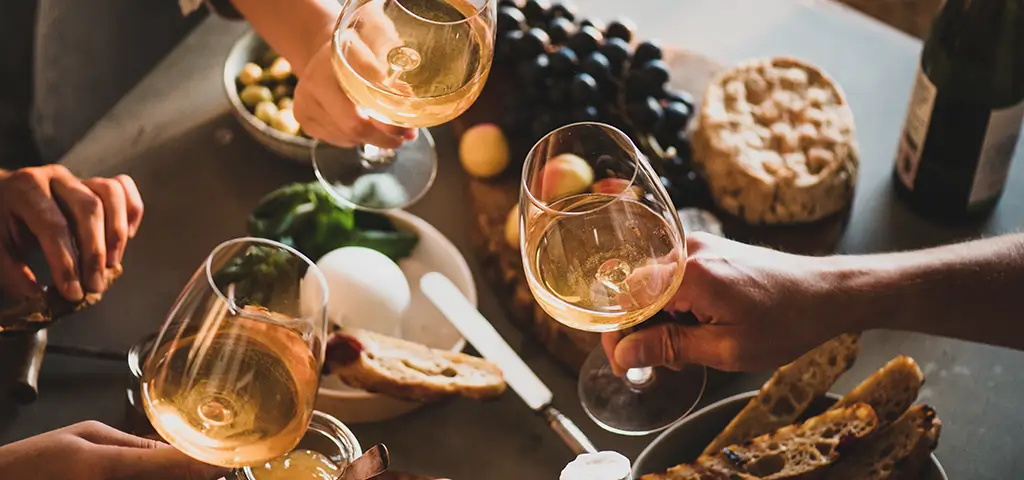
Your Time to Start
Wine and food pairing is a charming journey of discovery and experimentation. By understanding the basics of pairing principles and considering factors such as flavour intensity, acidity, and texture, beginners can create memorable dining experiences that elevate both the wine and the dish.
Remember to trust your palate, explore different pairings, and have fun along the way. Whether enjoying a casual meal at home or dining out at a restaurant, the art of pairing great wine with great food brings an extra layer of enjoyment to every culinary adventure. Cheers to delicious discoveries and happy pairing!
If you’re looking for a more wine-focused experience or maybe solely a food tour, check out our Wine tours and our Food Tour.

